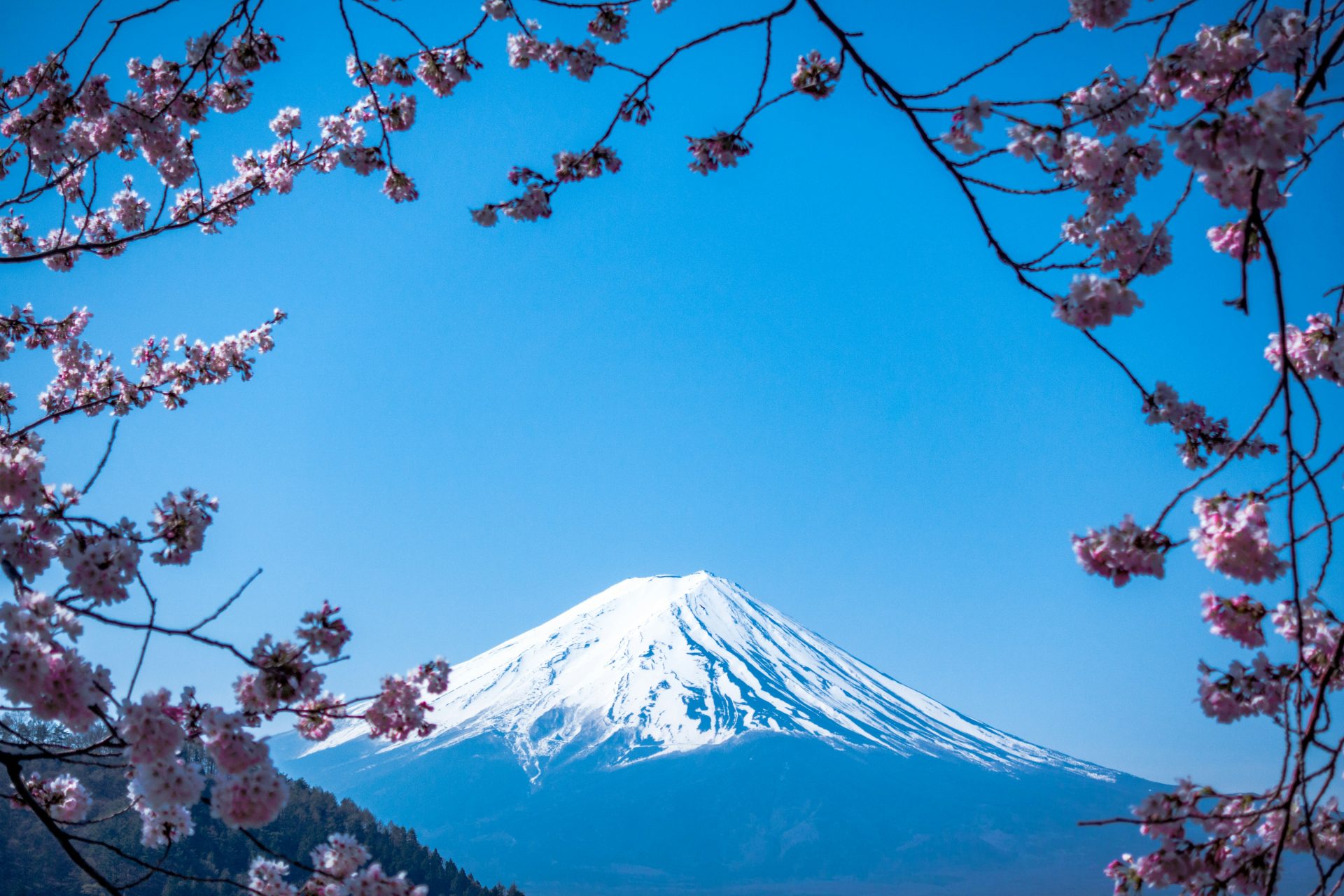Standing at the helm of a cruise ship as Mount Fuji emerges from the morning mist, I realized why Asia’s maritime routes have captivated travelers for centuries. According to recent tourism data, cultural cruises in East Asia saw a 40% surge in bookings for 2024, with Japan and South Korea leading the trend. These two nations, though close in proximity, offer distinctly rich cultural tapestries waiting to be unraveled.
Planning Your Japan-South Korea Cruise Adventure
Timing significantly impacts your East Asian cruise experience. Spring (March to May) and autumn (September to November) offer the most pleasant weather conditions, with cherry blossoms and fall foliage adding natural spectacle to your journey. Summer cruises, while popular, often encounter humidity and occasional typhoons, while winter voyages showcase stunning snow-capped landscapes but require warmer packing.
Most Japan-South Korea cruises depart from major ports like Yokohama, Kobe, or Busan. These strategic starting points provide excellent connectivity to international airports and major cities. Secondary departure points include Fukuoka and Incheon, offering alternative embarkation options for travelers.
Documentation requirements vary by nationality. While many countries enjoy visa-free access to both Japan and South Korea, others need single or multiple-entry visas. A passport valid for at least six months beyond your travel dates remains essential, along with completed disembarkation cards for both countries.
The cruise line selection shapes your entire journey. Luxury operators like Silversea and Seabourn offer intimate ships with exceptional service, while mid-range options such as Princess and Royal Caribbean provide excellent value with more onboard activities. Consider factors like cabin size, dining options, and shore excursion variety when making your choice.
Cruise durations range from week-long samplers to three-week comprehensive explorations. Seven-day itineraries typically focus on major ports, while longer voyages include lesser-known destinations and more in-depth cultural experiences.
Must-Visit Japanese Port Cities
Yokohama Port serves as Tokyo’s maritime gateway, blending historical significance with modern amenities. The Minato Mirai district showcases futuristic architecture, while the historic Motomachi shopping street and Chinatown offer glimpses into the port’s multicultural heritage.
Kanazawa preserves Japan’s samurai legacy through well-preserved districts like Nagamachi. The iconic Kenroku-en garden, among Japan’s three great gardens, demonstrates classical landscape design principles. Traditional crafts, including gold leaf application and silk dyeing, remain vibrant in local workshops.
Osaka’s port welcomes visitors to Japan’s kitchen, famous for street food delicacies like takoyaki and okonomiyaki. The magnificent Osaka Castle towers above the city, while the Dotonbori district pulses with neon signs and culinary adventures.
Nagasaki’s history intertwines tragedy and resilience. The Peace Park and Atomic Bomb Museum provide moving historical context, while the Glover Garden and Dejima Island showcase the city’s unique position as a historical bridge between Japan and the West.
Fukuoka balances ancient and modern Japan. The serene Shofukuji Temple stands as Japan’s first Zen temple, while Canal City’s modern architecture and boutiques represent contemporary Japanese design and retail innovation.
South Korean Maritime Highlights
Busan’s Haeundae Beach stretches alongside modern skyscrapers, while the hillside Gamcheon Culture Village offers colorful photo opportunities. The Beomeosa Temple complex provides spiritual atmosphere, and the Jagalchi Fish Market serves ultra-fresh seafood.
Jeju Island’s UNESCO World Heritage sites include the Seongsan Ilchulbong tuff cone and extensive lava tube systems. The island’s unique matriarchal haenyeo diving culture continues to fascinate visitors, while local markets showcase distinctive regional products.
Incheon’s efficient transportation links make Seoul’s palaces, museums, and shopping districts easily accessible. The Songdo International Business District demonstrates Korea’s technological prowess, while Chinatown and Wolmido Island preserve historical character.
Traditional markets in each port city offer authentic experiences. From Busan’s Gukje Market to smaller neighborhood gatherings, these venues provide opportunities to sample street food and observe daily Korean life.
Cultural festivals enhance cruise experiences throughout the year. The Busan International Film Festival, cherry blossom celebrations, and local heritage festivals add cultural dimensions to port visits.
Immersive Cultural Experiences
Traditional tea ceremonies reveal each culture’s attention to detail and mindfulness. Japanese ceremonies emphasize precise movements and seasonal awareness, while Korean ceremonies often incorporate traditional music and natural settings.
Temple stay programs offer genuine spiritual experiences. Participants join morning chanting, meditation sessions, and temple maintenance activities, gaining insight into Buddhist practices and monastic life.
Cooking classes decode local cuisines’ mysteries. Learn to make sushi and tempura in Japan, or master kimchi and bibimbap preparation in Korea. Market tours with local chefs illuminate ingredient selection and seasonal specialties.
Traditional craft workshops preserve cultural heritage. Try Japanese calligraphy, ceramic painting, or Korean paper making. These hands-on experiences provide deeper appreciation for artistic traditions and create unique souvenirs.
Evening performances showcase traditional arts. Japanese kabuki and noh theater productions alternate with Korean pansori storytelling and traditional music concerts, offering cultural entertainment options in port.
Practical Tips for Cultural Cruising
Basic phrases in Japanese and Korean demonstrate respect and facilitate interactions. Focus on greetings, thanks, and simple questions. Both countries appreciate visitors’ language efforts, even if limited.
Dining customs differ subtly between cultures. Japanese emphasize individual portions and precise presentation, while Korean meals often feature shared dishes and communal dining. Master chopstick basics and observe local eating patterns.
Sacred sites maintain specific photography policies. Some temples prohibit interior photos, while others require permits or fees. Research guidelines beforehand and always seek permission when photographing people.
Both countries increasingly accept credit cards, but carrying local currency remains essential for smaller establishments and traditional markets. Many ATMs in Japan don’t accept international cards, so plan cash withdrawals strategically.
Cultural sensitivity enhances travel experiences. Avoid loud conversations in temples, remove shoes when indicated, and respect photography restrictions. Small gestures like bowing slightly in greeting show cultural awareness and earn appreciation from locals.
Setting Sail for Adventure
Your journey through Japan and South Korea’s coastal treasures awaits. Whether you’re drawn to ancient temples, modern cities, or the seamless blend of both, these cruise itineraries offer an unparalleled way to experience East Asian culture. Book your 2025 sailing to create memories that will last a lifetime.

